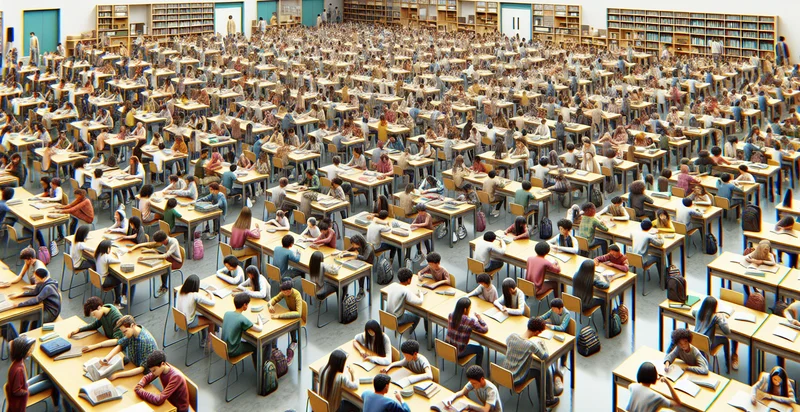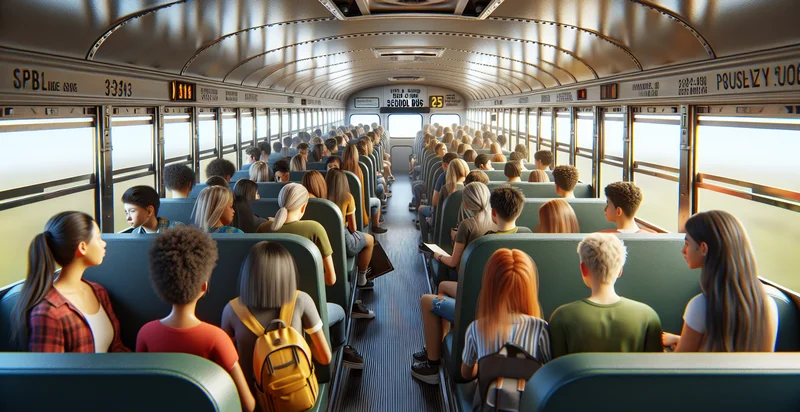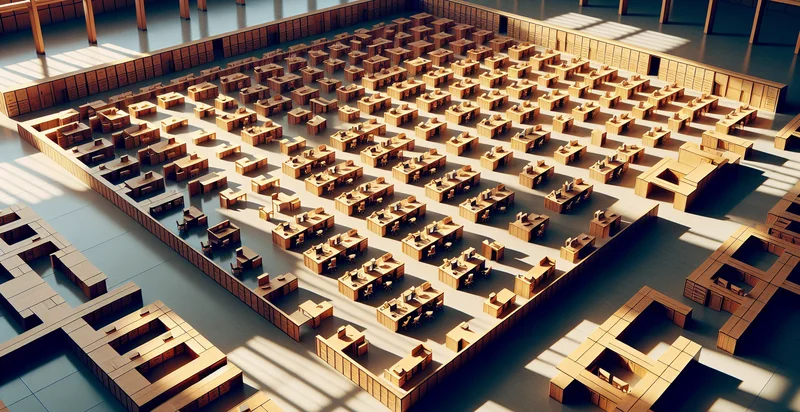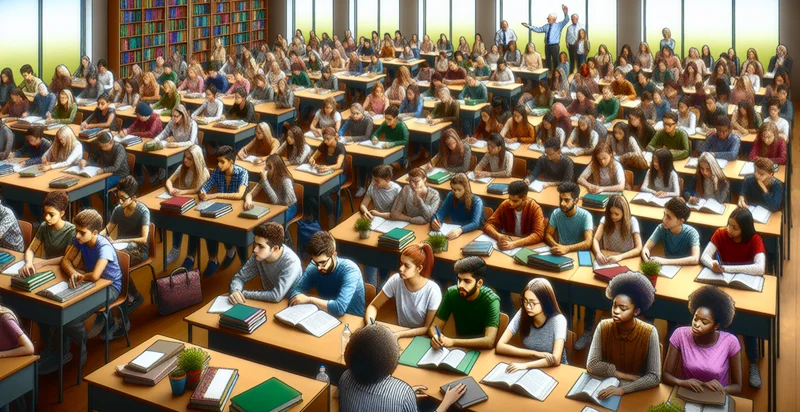Identify how many desks have students in them
using AI
Below is a free classifier to identify how many desks have students in them. Just upload your image, and our AI will predict how many desks have students in them - in just seconds.


Contact us for API access
Or, use Nyckel to build highly-accurate custom classifiers in just minutes. No PhD required.
Get started
import nyckel
credentials = nyckel.Credentials("YOUR_CLIENT_ID", "YOUR_CLIENT_SECRET")
nyckel.invoke("how-many-desks-have-students-in-them", "your_image_url", credentials)
fetch('https://www.nyckel.com/v1/functions/how-many-desks-have-students-in-them/invoke', {
method: 'POST',
headers: {
'Authorization': 'Bearer ' + 'YOUR_BEARER_TOKEN',
'Content-Type': 'application/json',
},
body: JSON.stringify(
{"data": "your_image_url"}
)
})
.then(response => response.json())
.then(data => console.log(data));
curl -X POST \
-H "Content-Type: application/json" \
-H "Authorization: Bearer YOUR_BEARER_TOKEN" \
-d '{"data": "your_image_url"}' \
https://www.nyckel.com/v1/functions/how-many-desks-have-students-in-them/invoke
How this classifier works
To start, upload your image. Our AI tool will then predict how many desks have students in them.
This pretrained image model uses a Nyckel-created dataset and has 21 labels, including 0 Desks, 1 Desk, 2 Desks, 3 Desks, 4 Desks, 5 Desks, 6 Desks, 7 Desks, 8 Desks and 9 Desks.
We'll also show a confidence score (the higher the number, the more confident the AI model is around how many desks have students in them).
Whether you're just curious or building how many desks have students in them detection into your application, we hope our classifier proves helpful.
Related Classifiers
Need to identify how many desks have students in them at scale?
Get API or Zapier access to this classifier for free. It's perfect for:
- Classroom Occupancy Monitoring: This function can help educators determine how many desks are occupied by students in real-time, allowing for better classroom management. Institutions can use this data to optimize space utilization, ensuring that resources are allocated efficiently during peak attendance times.
- Enhanced Remote Learning Experience: By analyzing desk occupancy, schools can gain insights into student engagement during in-person classes. This data can be used to adjust lesson plans or tailor hybrid learning environments to promote better student participation.
- Facility Management and Maintenance: The image classification function can assist facility managers in monitoring classroom occupancy across multiple rooms. This information can facilitate timely maintenance or cleaning schedules based on actual usage, thereby enhancing the overall learning environment.
- Attendance Verification: Schools can automate attendance tracking by analyzing desk occupancy at the beginning of a class. This system reduces the reliance on manual roll calls and increases accuracy, allowing teachers to focus more on instruction rather than administrative tasks.
- Event Planning for Educational Institutions: During large-scale events or lectures, this image classification function can assess how many participants are present by analyzing desk occupancy. This information aids in effective seating arrangements and caters to safety regulations for crowd control.
- Resource Allocation during Exams: By identifying how many desks are occupied during examinations, administrators can make informed decisions regarding resource allocation, such as extra supervision or additional seating. The data can enhance the organization of exam environments and ensure a smooth process.
- Behavioral Analysis Studies: Researchers can utilize this function to collect data on student behaviors in classroom settings. By correlating desk occupancy with student performance and engagement metrics, educational institutions can derive conclusions that inform teaching methodologies and classroom designs.


